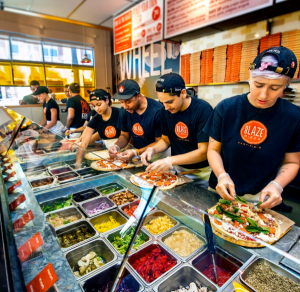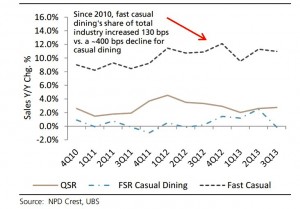
The world of sport changes every day, and so does the way we develop champions. Although fans may not realize it, operations management has as much on-field significance to their favorite sports teams as it does to their day-to-day jobs and businesses. On-field success in the modern sporting industry is far too valuable to rely on the subjective whims of coaches and scouts to find talent of a high enough caliber and develop it. According to Hamford Professor Jim Bamford, who has done extensive research for the World Academy of Sport and has partners in numerous different sports’ teams, it is important for owners not to neglect this by focusing on their bottom line only: “There is a direct correlation between what happens on the pitch and the users’ experience. So the next stage is to see how we can use numbers, metrics and business analysis to improve the on-field performance. This should create a virtuous circle of improvement.” That is why the top organizations in the field of sports analyze performance metrics, stadium management, and organizational structures and practices to improve their return on investment and ultimately augment the profitability of the business. Although it is impossible to utilize theory to predict the actual demands in traditional business or like here in the spontaneity of sports, Professor Bamford states: “Operations management can aid the athlete and players by ensuring they are at the right place, with the right kit at the right time to turn in a winning performance,” and “….Operations management has the potential to increase the satisfaction of the spectators even further.”
Performance metrics coupled with the rise in technology are reshaping the role of the scout and the formula for success for coaches and players. Teams are tracking everything with their players down to the finest of details. The movie Money Ball is a great example how the Oakland A’s, a professional Major League Baseball team, used saber metrics and mathematical modeling to form a highly successful baseball team even with their low levels of revenue. The San Antonio Spurs, according to an ESPN article, utilize “Stats’ SportVU’s high-speed photography, using real-time acceleration stats” which can”more tangibly measure game-play execution.” Advanced stats such as “Who isn’t getting back on defense” and “Who can shoot a jump shot with defense in their face” are replacing the eye and ear tests. Today, hard numbers are preferred. For top professional athletes, performance off the court is also analyzed just as much. With team psychologists and frequent physiological tests measuring all aspects of athletes’ bodies, the analysis never ends.
Organizations can profit from efficient configuration and planning of their stadiums to improve fan experience and their return on investment. Jumbotrons and Wi-Fi at some stadiums are calculated efforts at this. Also the physical layout and organized personnel within the stadium is crucial for experience and fan safety as tragic events can be avoided such as the Hillsborough disaster, where 96 people died due to poor stadium design and training of staff.
Effective integration of operations management into the often un-orchestrated world or sports is a tough formula to devise. However, those organizations that achieve this balance and invest their resources correctly into technology aimed at analyzing and improving all aspects of their operations on the field as much as they do off the field are positioned to succeed more than their foes. Well, on paper at least.
———————————————————————————————————
http://www.sciencedaily.com/releases/2012/07/120724104141.htm
http://espn.go.com/nba/story/_/id/9980160/nba-how-analytics-movement-evolved-nba
http://espn.go.com/blog/playbook/fandom/post/_/id/18402/new-studies-change-how-you-see-sports
http://www.bbc.com/news/uk-19545126

